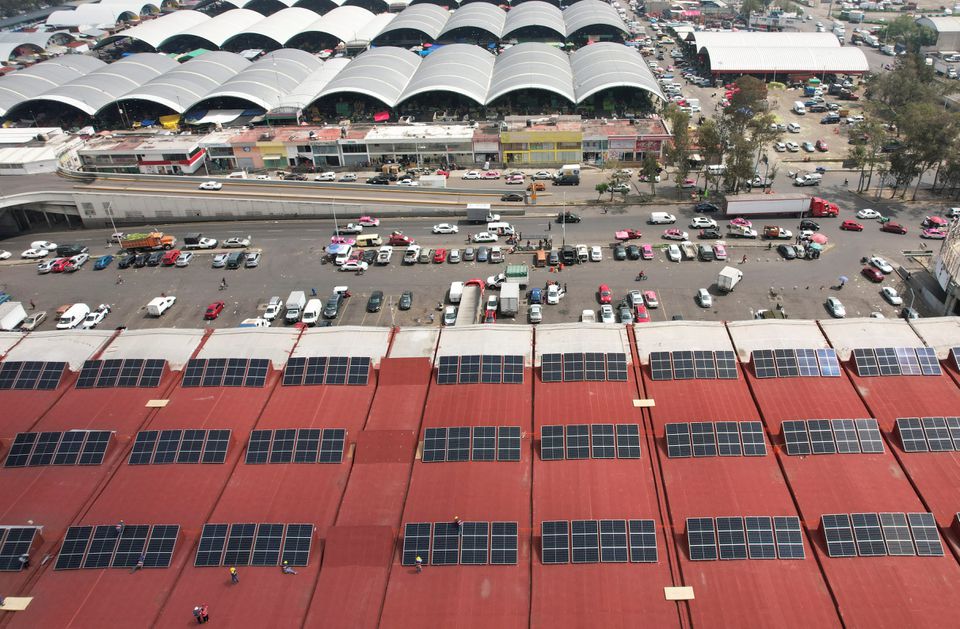
Mexico has pledged to deploy a further 30 gigawatts in renewable energy capacity by 2030, the nation's Foreign Ministry said in a statement on Monday, as America's third-biggest greenhouse gas emitter works with the United States to meet new climate goals.
Foreign Minister Marcelo Ebrard traveled to Egypt to attend the COP27 climate summit, where he met with U.S. climate envoy John Kerry and over the weekend presented Mexico's plans to invest some $48 billion in developing renewable energy.
The new solar, geothermal, wind and hydroelectric capacity would double Mexico's renewable capabilities, from its installed capacity of around 30 GW at the end of 2021, and bring solar and wind capacities to 40 GW.
"This new national renewable goal will be a foundation for achieving Mexico's updated nationally determined contribution," the ministry said, a week after Mexico said it would raise its emissions reduction target for the first time since 2016.
The new goals would also see Mexico, a major car manufacturing hub, sell 50% zero-emissions vehicles by 2030.
The United States said it welcomed the plan and would work closely with Mexico by helping incentivize investments and support plans to cut methane emissions. Mexico has earmarked $2 billion to eliminate routine flaring at state oil firm Pemex.
Pemex said Saturday it would work with the U.S. Environmental Protection Agency to develop an emissions-cutting plan in the first half of next year, after satellite data showing vast volumes of natural gas flaring and methane leaks drew fresh scrutiny.
"The United States looks forward to further cooperation with Mexico," the embassy said Monday, highlighting that efforts would respect each country's sovereignty.
The United States - the world's No.2 greenhouse gas emitter - is in talks with Mexico over tighter state control of its energy sector, which the United States argues unfairly hinders private renewable projects.
Last week, Ebrard told a news conference Mexico must ramp up clean energy production faster than the United States to ensure it complies with demand for goods to be made with more environmentally friendly inputs.